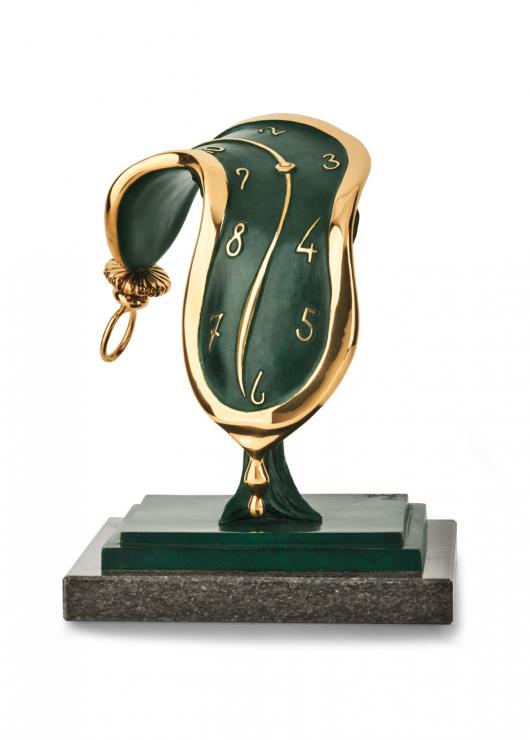The clock springs è the image dalinian plus known e the artist chose by represent her constantly during the his life. Dalí became obsessed from concept of time and used the image of the clock which yes melts at many of his works.In this sculpture, Dalí brought the movement e, the clock represented looks like literally dance. Losing thecheck of rigid read, the time for Dalí yes moves at rhythm by one dance perpetual, accelerates to the high e descends slowly, yes protrudes e yes liquefies.According to some, with the clock springs Dalí has represented, in way artistic e simplified, the theory of relativityby Albert Einstein, illustrating the concept by movement of time through the dance of the clock.Dance of Time II è presented together at Dance of Time I and at Dance Time III.



